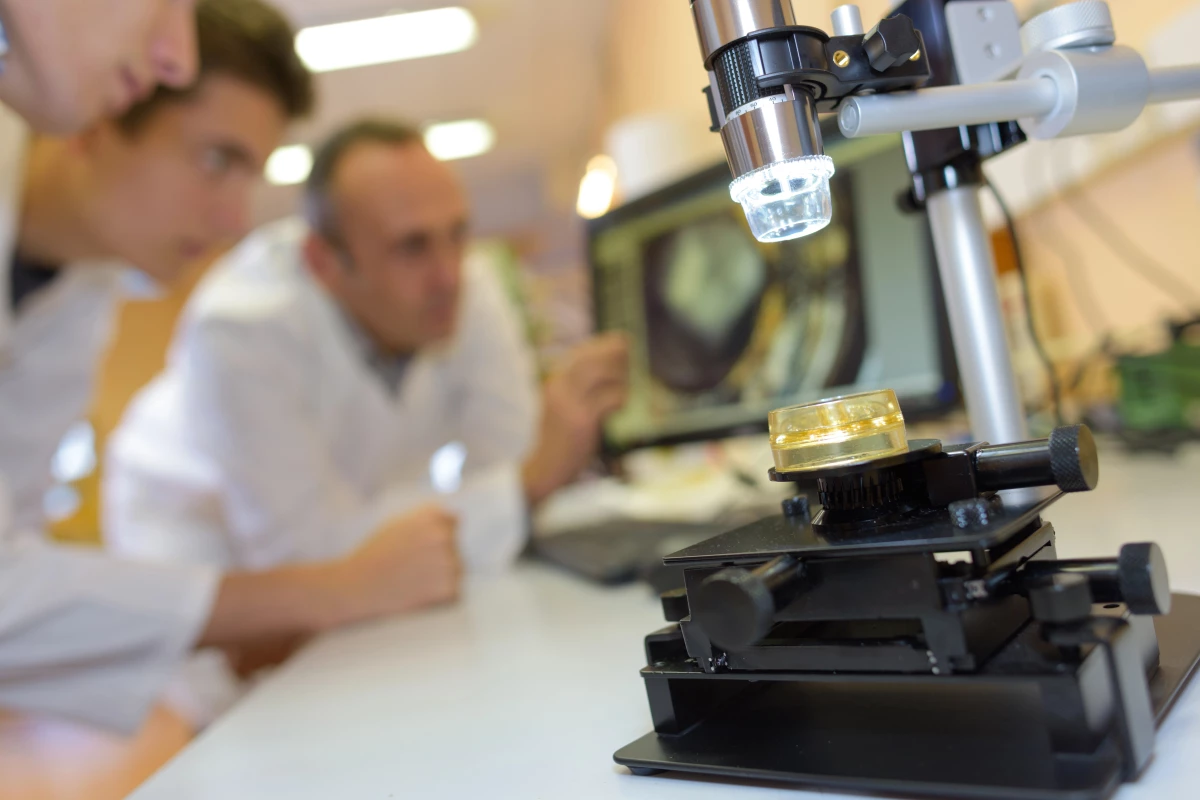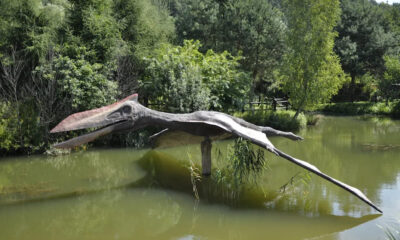Health
Bioengineers Unveil First Fully Synthetic Human Brain Model

Scientists at the University of California, Riverside have made a groundbreaking advancement in neural tissue engineering by creating the first fully synthetic human brain model. This innovative platform, known as the Bijel-Integrated PORous Engineered System (BIPORES), does not rely on any animal-derived materials, marking a significant step in the pursuit of ethical research alternatives.
The BIPORES system mimics the brain’s complex extracellular matrix, which supports nerve cell growth and connectivity. Traditional methods have struggled to reproduce the intricate details of brain structure, often leading to limitations in cell behavior and interactions. This new approach addresses those challenges by combining large-scale fibrous shapes with sophisticated pore patterns inspired by bicontinuous interfacially jammed emulsion gels, or bijels.
The primary material utilized in this innovation is polyethylene glycol (PEG), a chemically neutral polymer. While PEG typically repels cells, the BIPORES system cleverly modifies its structure to encourage cell attachment and growth. Researchers previously developed a technique called STrIPS, which allowed for the production of small particles and fibers, but thickness was restricted to around 200 micrometers. The BIPORES system overcomes this limitation, creating a porous network that supports deep cell growth while facilitating nutrient and waste exchange.
In laboratory tests involving neural stem cells, the BIPORES material demonstrated impressive results, promoting strong cell attachment and the formation of active nerve connections. Lead author Prince David Okoro emphasized the importance of this engineered scaffold: “Since the engineered scaffold is stable, it permits longer-term studies. That’s especially important as mature brain cells are more reflective of real tissue function when investigating relevant diseases or traumas.”
To construct the scaffold, researchers used a liquid mixture of PEG, ethanol, and water, which behaves like oil when combined with water. This mixture flowed through fine glass tubes and created a sponge-like structure upon exposure to water, effectively forming tiny pores that facilitate the movement of oxygen and nutrients essential for cell growth. Iman Noshadi, an associate professor of bioengineering at UCR, noted the material’s effectiveness in supporting cellular organization: “The material ensures cells get what they need to grow, organize, and communicate with each other in brain-like clusters.”
The current scaffold measures a mere two millimeters across. However, the research team is actively working to scale it up and has submitted a paper exploring potential applications of the BIPORES technology in liver tissue engineering. Their overarching goal is to develop a network of lab-grown mini-organs that interact with each other, reflecting the interconnected systems found in the human body.
Noshadi elaborated on this vision, stating, “An interconnected system would let us see how different tissues respond to the same treatment and how a problem in one organ may influence another. It is a step toward understanding human biology and disease in a more integrated way.”
From a biomimicry perspective, this layered fabrication approach significantly enhances the accuracy of modeling brain tissue behavior. As a result, it serves as a powerful tool for investigating neurological diseases, testing new drugs, and potentially developing future treatments for damaged neural tissue.
The findings from this research were published in the academic journal Advanced Functional Materials on March 15, 2024. This advancement not only promises to advance scientific understanding of the brain but also aligns with the ongoing initiative by the US Food and Drug Administration (FDA) to phase out animal testing in drug development. The BIPORES system represents a pivotal leap towards ethical and effective research practices in the field of biomedical engineering.
-

 Technology4 months ago
Technology4 months agoDiscover the Top 10 Calorie Counting Apps of 2025
-

 Health2 months ago
Health2 months agoBella Hadid Shares Health Update After Treatment for Lyme Disease
-

 Health3 months ago
Health3 months agoErin Bates Shares Recovery Update Following Sepsis Complications
-

 Technology3 weeks ago
Technology3 weeks agoDiscover 2025’s Top GPUs for Exceptional 4K Gaming Performance
-

 Technology2 months ago
Technology2 months agoElectric Moto Influencer Surronster Arrested in Tijuana
-

 Technology4 months ago
Technology4 months agoDiscover How to Reverse Image Search Using ChatGPT Effortlessly
-

 Technology4 months ago
Technology4 months agoMeta Initiates $60B AI Data Center Expansion, Starting in Ohio
-

 Technology4 months ago
Technology4 months agoRecovering a Suspended TikTok Account: A Step-by-Step Guide
-

 Health4 months ago
Health4 months agoTested: Rab Firewall Mountain Jacket Survives Harsh Conditions
-

 Lifestyle4 months ago
Lifestyle4 months agoBelton Family Reunites After Daughter Survives Hill Country Floods
-

 Technology3 months ago
Technology3 months agoUncovering the Top Five Most Challenging Motorcycles to Ride
-

 Technology4 weeks ago
Technology4 weeks agoDiscover the Best Wireless Earbuds for Every Lifestyle





















